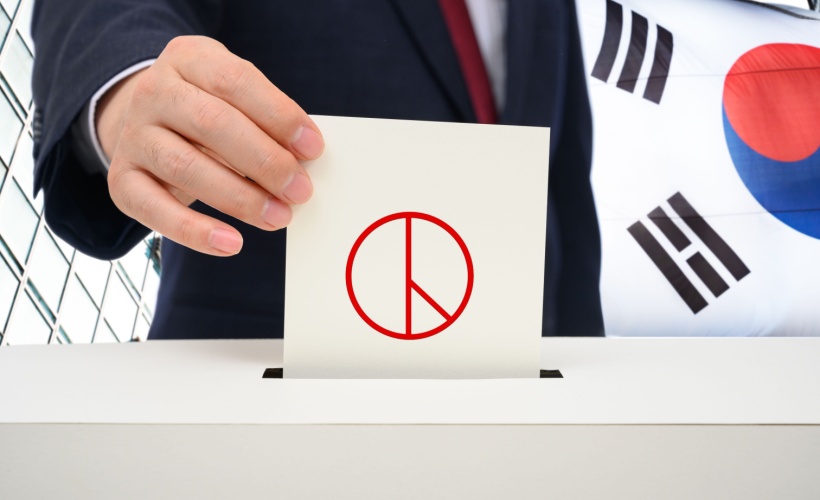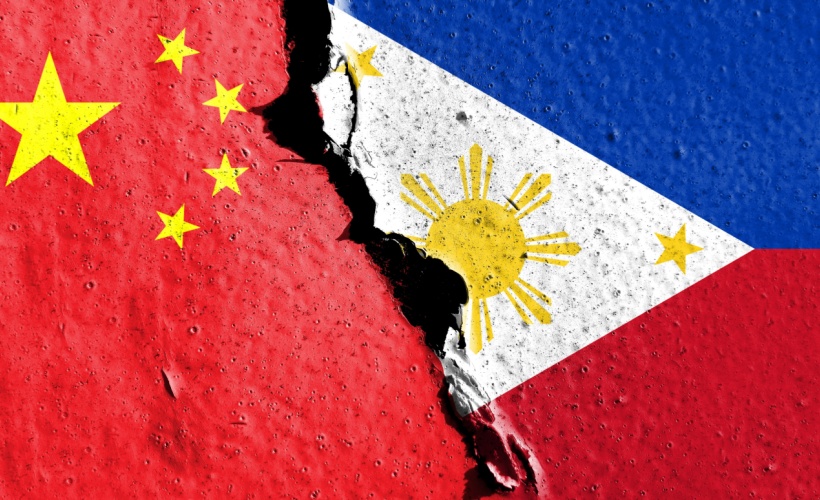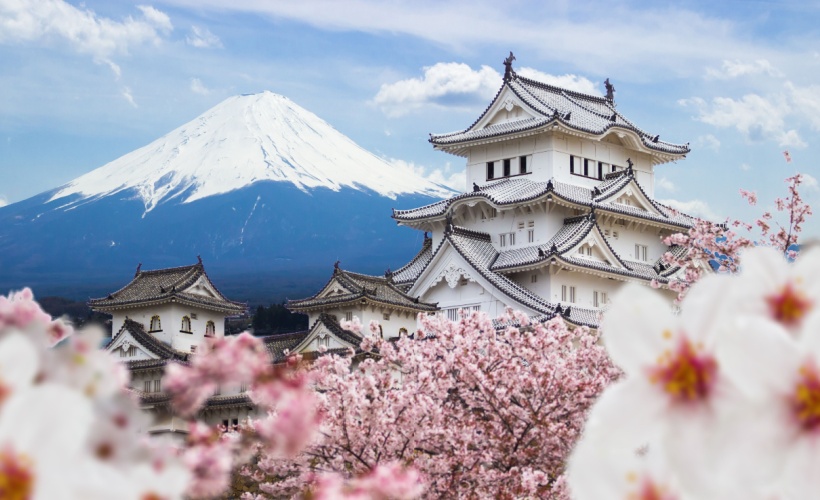By Alisa Santikarn, Research Assistant
The Centre for Geopolitics welcomed Professor Yasheng Huang (Epoch Foundation Professor of International Management and Faculty Director of Action Learning at the MIT Sloan School of Management) to discuss his forthcoming book, The Rise and Fall of the EAST: Examination, Autocracy, Stability, and Technology in Chinese History and Today (Yale University Press), set to be published in August this year.
The book takes a broad, quantitative approach to history that covers four main topics, alternating between discussions of historical and contemporary China, to see how they have shaped the country’s development to date. These topics are: Exam, Autocracy, Stability, and Technology (EAST). Huang’s talk focused on two of the main themes – Exam and Technology.
On the issue of ‘Exam’, Huang introduced keju, a civil service exam that took place in Imperial China, commencing in the Sui Dynasty and ending in 1905. Huang argues that keju shaped the technological development and political order of ancient China, and also provides an explanation for contemporary China’s technological success.
At the crux of Huang’s argument are the concepts of ‘scale’ and ‘scope’, drawing on Alberto Alesina and Enrico Spolaore’s (2003) work, The Size of Nations. Huang’s central thesis is that countries are more successful when they successfully balance scale and scope. This success can be in terms of economic growth via technological innovation or political stability.
The keju system, according to Huang scaled the Chinese state and consolidated political unity at the expense of scope. This resulted in long-lasting political stability, with a sharp decline in coups following the institution of keju due to the resultant collapse of ideological scope. However, this accompanied a stagnated economy and limited technological innovation. Ancient China’s chosen balance of scale v. scope – privileging the former – was, therefore, ultimately a failure.
Huang points to Reformist China (1978–2018) as an example of arriving at the ‘optimal’ balance of scale and scope, with massive investment in research and development (advancing scale) alongside reforms and open-door policies (widening scope). According to Huang, the balance of China today under the leadership of Xi Jinping parallels the balance of scope and scale in ancient China, after the introduction of keju.
Where does that leave China today? As history has shown us, both scale and scope are needed for a country to succeed economically and politically. China currently retains its scale advantage – although this is being diminished, however, Huang predicts that the gap between the US and China may not close as fast as it did before, should China maintain its current scale/scope balance. Despite this, Huang also concluded that the West has a lot to learn from China today, particularly regarding its ability to scale through heavy investment in science and technology.







